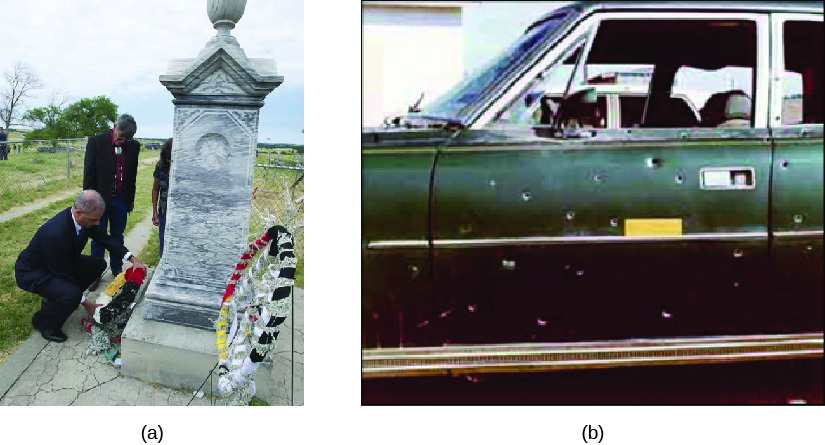| << Chapter < Page | Chapter >> Page > |

The official website of the American Indian Movement provides information about ongoing issues in Native American communities in both North and South America.
The current relationship between the U.S. government and Native American tribes was established by the
Indian Self-Determination and Education Assistance Act of 1975. Under the act, tribes assumed control of programs that had formerly been controlled by the BIA, such as education and resource management, and the federal government provided the funding.
Alaska Natives and Native Hawaiians suffered many of the same abuses as Native Americans, including loss of land and forced assimilation. Following the discovery of oil in Alaska, however, the state, in an effort to gain undisputed title to oil rich land, settled the issue of Alaska Natives’ land claims with the passage of the
Alaska Native Claims Settlement Act in 1971. According to the terms of the act, Alaska Natives received 44 million acres of resource-rich land and more than $900 million in cash in exchange for relinquishing claims to ancestral lands to which the state wanted title.
Native Hawaiians also lost control of their land—nearly two million acres—after the Hawaiian Islands were annexed by the United States in 1893. The indigenous population rapidly decreased in number, and white settlers tried to erase all trace of traditional Hawaiian culture. Two acts passed by Congress in 1900 and 1959, when the territory was granted statehood, returned slightly more than one million acres of federally owned land to the state of Hawaii. The state was to hold it in trust and use profits from the land to improve the condition of Native Hawaiians.
In September 2015, the U.S. Department of Interior, the same department that contains the Bureau of Indian Affairs, created guidelines for Native Hawaiians who wish to govern themselves in a relationship with the federal government similar to that established with Native American and Alaska Native tribes. Such a relationship would grant Native Hawaiians power to govern themselves while remaining U.S. citizens. Voting began in fall 2015 for delegates to a constitutional convention that would determine whether or not such a relationship should exist between Native Hawaiians and the federal government.
Despite significant advances, American Indians, Alaska Natives, and Native Hawaiians still trail behind U.S. citizens of other ethnic backgrounds in many important areas. These groups continue to suffer widespread poverty and high unemployment. Some of the poorest counties in the United States are those in which Native American reservations are located. These minorities are also less likely than white Americans, African Americans, or Asian Americans to complete high school or college.
At the beginning of U.S. history, Indians were considered citizens of sovereign nations and thus ineligible for citizenship, and they were forced off their ancestral lands and onto reservations. Interest in Indian rights arose in the late nineteenth century, and in the 1930s, Native Americans were granted a degree of control over reservation lands and the right to govern themselves. Following World War II, they won greater rights to govern themselves, educate their children, decide how tribal lands should be used—to build casinos, for example—and practice traditional religious rituals without federal interference. Alaska Natives and Native Hawaiians have faced similar difficulties, but since the 1960s, they have been somewhat successful in having lands restored to them or obtaining compensation for their loss. Despite these achievements, members of these groups still tend to be poorer, less educated, less likely to be employed, and more likely to suffer addictions or to be incarcerated than other racial and ethnic groups in the United States.

Notification Switch
Would you like to follow the 'American government' conversation and receive update notifications?